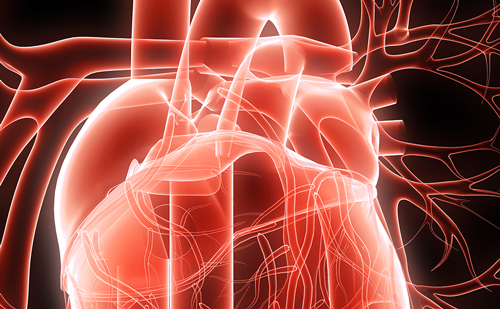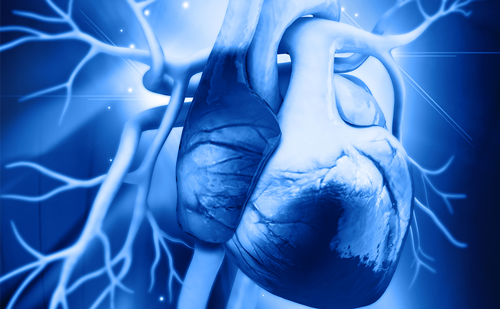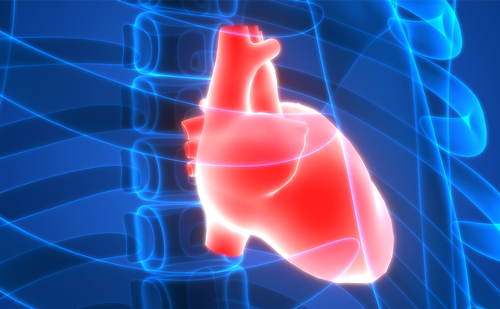Brugada syndrome (BrS), first described in 1992, is an autosomal dominant, arrhythmogenic disease. There is a male predominance of the syndrome and the prevalence is highest in Asian and Southeast Asian countries, reaching 0.5.1 per 1,000.1 BrS is diagnosed in patients with ST-segment elevation with type 1 morphology .2 mm in .1 lead in the right precordial leads V1, V2, positioned in the second, third or fourth intercostal space occurring either spontaneously or after intravenous class I antiarrhythmic drugs.2 The majority of patients are asymptomatic but they may also present with sudden cardiac death, aborted sudden death, syncope, nocturnal agonal respiration, palpitations and chest discomfort. Most events occur during rest, sleep, vagotonic conditions or febrile state but rarely during exercise.1 A Heart Rhythm Society/ European Heart Rhythm Association/Asia Pacific Heart Rhythm Society (HRS/EHRA/APHRS) expert consensus statement3 on the diagnosis and management was published in 2013. Since then, new intriguing observations have been made.
Underlying Mechanism
There are two leading hypotheses for mechanisms underlying BrS phenotype and arrhythmias: (1) the abnormal repolarisation hypothesis (based on the canine wedge preparation) and (2) the abnormal depolarisation hypothesis (based on whole heart studies in BrS patients). Recently, panoramic electrophysiological mapping using non-invasive electrocardiogram (ECG) imaging was performed in BrS patients. The results indicate that the abnormal electrophysiological substrate is localised exclusively in the right ventricular outflow tract that displays delayed activation, prolonged repolarisation and steep repolarisation gradients.4 The existence of both abnormal repolarisation and slow discontinuous conduction in the BrS patient provide conditions that promote sustained re-entry.
New Findings in Genetics
The BrS phenotype has been associated with 18 genotypes,5,6 all showing a decrease in the inward sodium or calcium current or an increase in one of the outward potassium currents. Genetic testing is only recommended for family members of a successfully genotyped proband.7
Cerrone et al.8,9 suggested that mutations in desmosomal genes (PKP2) can also provide at least part of the molecular substrate of BrS. Consecutive loss of desmosomal integrity could lead to reduced sodium current and render in arrhythmogenic state through delayed depolarisation. Inclusion of PKP2 as part of routine BrS screening however remains premature.
Provocative Testing with Class I Antiarrhythmic Drugs
The widespread use of ajmaline testing for diagnosing BrS is supported by its excellent sensitivity.10 Hasdemir et al.11 performed an ajmaline test in 96 patients undergoing radiofrequency ablation for typical atrioventricular nodal re-entrant tachycardia (AVNRT) and 66 controls: 27 % of patients with AVNRT and 5 % of controls developed a type I Brugada ECG in response to the ajmaline challenge. Based upon these results the authors suggest a mechanistic link (genetic variants that reduce sodium channel currents) between AVNRT and BrS. However, as pointed out in an accompanying editorial these data could also suggest that the specificity of the ajmaline test is not as high as we thought (i.e. more false positives than expected) and “it is time to pause and think before performing additional tests with sodium channel blockers.”12
Conte et al.13 repeated the ajmaline test on asymptomatic individuals with first-degree relatives with Brugada syndrome and a negative ajmaline test after they attained puberty (≥16 years of age with onset of secondary sexual characteristics). In 23 % of these patients a type 1
ECG was unmasked.
Intriguing Observations on Risk Stratifiers
In an observational retrospective study14 cohort of 246 BrS patients, the presence of a fragmented QRS (f-QRS) as a risk indicator was confirmed but also showed that BrS patients with the combination of f-QRS and early repolarisation (ER) represented the highest risk group. Patients with neither of the two patterns had an excellent prognosis.
The recommendation for programmed electrical stimulation (PES) for risk stratification has dropped from a IIa indication to IIb in the 2013 Second Brugada Syndrome Consensus document. A recent report of Sierra et al.15 however suggest a continued role for PES especially in the asymptomatic patient: asymptomatic patients without PES inducibility had an event-free survival of 100 % at 1 year, and 99.2 % at 5, 10 and 15 years.
New Treatment Options
In the 2013 Expert Consensus Recommends implantable cardioverterdefibrillator (ICD) implantation is a class I treatment indication in survivors of a cardiac arrest and or a documented spontaneous sustained ventricular tachycardia (VT) with or without syncope. Kamakura et al.16 evaluated the necessity for ICD implantation in elderly patients. They observed that in high-risk BrS patients the incidence of ventricular fibrillation (VF) decreased with age, and VF did not recur in patients after 70 years of age without other underlying cardiac diseases. By contrast, inappropriate shocks increased with age and reached a peak in patients who were in sixties. They suggest that avoidance of ICD implantation or replacement may be considered in elderly BrS patients who remain free from VF until 70 years of age.
T-wave oversensing is a potential reason of inappropriate shocks in BrS patients receiving ICDs. Recently, Rodríguez-Mañero et al.17 compared the incidence of T-wave oversensing in patients with BrS with integrated bipolar versus true/dedicated bipolar leads. Out of 480 patients, 5.8 % had T-wave oversensing leading to inappropriate shocks in 3.8 %. All these events occurred in patients with true bipolar ICD leads.
Nademanee et al.18 showed that electrical epicardial substrate ablation at the RVOT prevents VF inducibility in a high-risk population. However, randomised data on the effect of catheter ablation on spontaneous arrhythmic events are lacking.







